- Established 1982 -HOME: www.hiltonpond.org
THIS WEEK at HILTON POND Subscribe for free to our award-winning nature newsletter (Back to Preceding Week; on to Next Week) |
HILTON POND SUNSETS
All text, maps, charts & photos © Hilton Pond Center Sunset over Hilton Pond (above), 06 July 2021 FOR GOODNESS SNAKE-- You've heard the old story about how fishermen always exaggerate the size of their catch? Well, the same holds true for most folks who encounter a snake in the wild. Foot-long baby Garter Snakes become three-foot serpents in the observer's eye, and big wild blacksnakes magically grow to several yards in length.
All text, maps, charts & photos © Hilton Pond Center Shortly after dawn on 6 July 2021 we encountered a truly large but docile Eastern Rat Snake (aka Black Rat Snake), Pantherophis (formerly Elaphe) obsoletus (photo above), nearly fully extended on a brushpile beside the old farmhouse at Hilton Pond Center. It was a couple of inches in diameter at its thickest part, and we estimated its length at more than six feet--which would make it a sizable representative of its species. (The documented record is an uncommonly long 8' 5".) It was certainly one of the largest snakes we've seen on the property during the past 40 years. Not wishing to be accused of exaggeration, we decided after the glossy-black, white-chinned ratsnake moved on to try as best we could for an actual determination of its size. Since we had snapped a quick cell phone photo while the snake was stationary (see attached), we figured with a measuring tape we could do a point-to-point-to-point series of measurements, employing sticks and bark bits as our guides. Sure enough, with the tape we came up with a reading of at least 71"--not counting various kinks and undulations in the snake's body--to confirm our estimate of six-feet-plus. The ratsnake was a perfect specimen with no visible scars. Since it's a constrictor, we're certain the serpent diligently spends its days (and nights) crawling (and climbing) to find and devour Hispid Cotton Rats, Eastern Chipmunks, and nesting birds at the Center. It's all part of the natural balance we try to maintain in a world that seems to become more and more unbalanced with every passing year.
All text, maps, charts & photos © Hilton Pond Center Incidentally, you may have wondered about our word choice in the second paragraph above, and about all the parenthetical commentary. We wrote: "Eastern Rat Snake (aka Black Rat Snake), Pantherophis (formerly Elaphe) obsoletus." It seems the organism we all have known for generations as the Black Rat Snake, Elaphe obsoletus obsoletus (above) has gotten caught in the machinations of reptile taxonomists who have subjected the snake's chromosomes to expert analysis--and you KNOW what that means these days: Lumping and splitting! "Lumping" refers to taking two or more organisms thought of as unique and re-classifying them into the same species, while "splitting" makes two or more species out of one. Traditionally, most of biological classification was based on an organism's external appearance and/or internal anatomy--and sometimes on reproductive behavior and/or geographic distribution. If two organisms looked pretty much alike and bred together they were in the same species, while if they were geographically disjunct or looked significantly different they were considered unique species.
All text, maps, charts & photos © Hilton Pond Center And one other thing. As taxonomists look at new DNA evidence, they're also faced with re-examining taxonomy's historical record. Sometimes genetic studies reveal how fellow taxonomists along the way thought they were describing a new species when in reality that species wasn't really different from one described earlier. DNA studies--although technically complex--attempt to simplify matters by looking at an organism's genetic make-up and its true degree of relatedness to other organisms. In some cases this hasn't resulted in just "lumping" or "splitting" but to reshuffling taxonomic groups and even defining entirely ones. (In the bird world, for example, the Yellow-breasted Chat--long believed to be a Wood Warbler--is now alone in its very own family.) So why was Elaphe changed to Pantherophis for our familiar backyard ratsnake at Hilton Pond Center? Originally, Elaphe was the genus used for all ratsnakes worldwide; all occur in the Northern Hemisphere and are slender non-venomous constrictors with squarish heads and flattened ventral surfaces. Anatomically and behaviorally--partly arboreal, for example (as in the photo above)--they are quite similar. However, when laboratory work showed European and Asian ratsnakes were genetically removed from our North American ratsnakes the groups were split, Elaphe remaining with the Old World species and Pantherophis being applied to those in the Western Hemisphere.
All text, maps, charts & photos © Hilton Pond Center Pantherophis was first given to a North American ratsnake--the Corn Snake, Pantherophis guttatus (above)--by Austrian taxonomist Leopold Fitzinger in 1843, so modern taxonomists adopted that genus name for all the rest of the eastern North American ratsnakes. (Interestingly, the genus Elaphe was actually subject to a mega-split. Mitochondrial DNA work now calls for at least nine genera--including Pantherophis--for an abundance of ratsnakes originally lumped together as Elaphe spp.)
All text, maps, charts & photos © Hilton Pond Center And all this brings to why what we have always called a Black Rat Snake is now being called Eastern Rat Snake--or maybe Gray Rat Snake or Texas Rat Snake or Everglades Rat Snake--all of which look different to the naked eye--as does the Yellow Rat Snake above. Yikes! What name should we use? The answer to that question depends on to whom you talk and/or which map you consult.
All text, maps, charts & photos © Hilton Pond Center One map (above) from the 4th edition of Peterson Field Guide to Reptiles and Amphibians of Eastern and Central North America talks about just three species of ratsnakes in the East--Eastern, Western, and Gray. That would be all well and good, except for those cross-hatched "areas of uncertainty." On the South Carolina coast, for example, all Pantherophis individuals would be Eastern Rat Snakes, while here at Hilton Pond in the Piedmont they might be Eastern Rat Snakes OR Gray Rat Snakes--which despite their genes and names happen to LOOK very much alike. Will we need to run a DNA sample on every ratsnake at the Center to know for sure what it is? Theoretically, yes, but for practical reasons that's not going to happen. (NOTE: To be honest, we always preferred the name "Pilot Blacksnake" to "Black Rat Snake," a title that arose from an old mountain myth that the species led rattlesnakes to safe winter denning sites. P.S. We also wonder whether "ratsnake" should be one word or two.)
All text, maps, charts & photos © Hilton Pond Center A second even-more-detailed map (above) from the Ratsnake Foundation (yes, there is one) in part contradicts the first map and allows for five (possibly seven) subspecies of Pantherophis obsoletus--plus an entirely separate West Texas species called Baird's Rat Snake, P. bairdi. According to this map, any ratsnake slithering around Hilton Pond is good ol' Pantherophis obsoletus obsoletus, the Black (Eastern) Rat Snake, but what are the rest? Here are common names to match the subspecies on the map just above:
In closing, if you find all this ratsnake lumping and splitting and nomenclature change to be complicated and confusing and frustrating you are not alone. So who's right? We guess you'll just have to decide for yourself what to call these six-foot long native serpents--remembering all the while to base your preference on ratsnake scientific studies and not opinion. All text, maps, charts & photos © Hilton Pond Center A MONOCHROMATIC WARBLER So let's move on from confusing ratsnake taxonomy to something less controversial: A little songbird that's been hanging around this summer at Hilton Pond Center. The bird of which we speak is the Black-and-white Warbler (BAWW, above), whose name pretty much describes its appearance. This month we observed up close just how monochromatic the species is when we captured three of them for banding.
All text, maps, charts & photos © Hilton Pond Center On top of sporting white plumage with black highlights (or are they basic black with white markings?), BAWW are nore-or-less sexually monomorphic; i.e., the genders strongly resemble each other. The most noticeable difference is the darker black cheek of the adult male (see our file photo, above); this area is pale in females (as below), but immature males also tend to have lighter cheeks.
All text, maps, charts & photos © Hilton Pond Center Since it was mid-July when we caught these three latest Black-and-white Warblers, it's reasonable to conclude they probably breed at or very near the Center--especially since one was an adult female with an active brood patch and the others were recent fledglings with short tails. Such evidence for local breeding is very strong, even though we've never found a BAWW nest on the property.
All text, maps, charts & photos © Hilton Pond Center Black-and-white Warblers are among the 14 parulids that do breed in the Carolina Piedmont; the remaining "eastern" Wood Warblers--23 species--only pass through and nest at more distant locales from the North Carolina mountains north as far as Canada. (In the past 40 years 34 of the 37 eastern warblers have been encountered here at the Center; we're missing only Kirtlan's, Cerulean, and Mourning Warbler.) Likewise, the BAWW is one of even fewer warblers (just six) that might be seen around Hilton Pond during winter when the rest of their relatives are spending colder months in the Neotropics. (In addition to BAWW, our wintering species include Yellow-rumped Warbler, Pine Warbler, and Palm Warbler, plus the more elusive Common Yellowthroat and Orange-crowned Warbler.) A Black-and-white Warbler was spotted by Gretchen Locy on the December 2020 York-Rock Hill (SC) Christmas Bird Count--the first-ever for that event. All text, maps, charts & photos © Hilton Pond Center HILTON POND SUNSETS "Never trust a person too lazy to get up for sunrise
All text, maps, charts & photos © Hilton Pond Center Sunset over Hilton Pond (above), 21 July 2021 Photoshop image post-processing for this page employs
Checks also can be sent to Hilton Pond Center at: All contributions are tax-deductible on your Don't forget to scroll down for Nature Notes & Photos, |
|---|
|
"This Week at Hilton Pond" is written and photographed by Dr. Bill Hilton Jr., executive director of Hilton Pond Center for Piedmont Natural History
|
|
|
Please refer "This Week at Hilton Pond" to others by clicking on this button: |
|

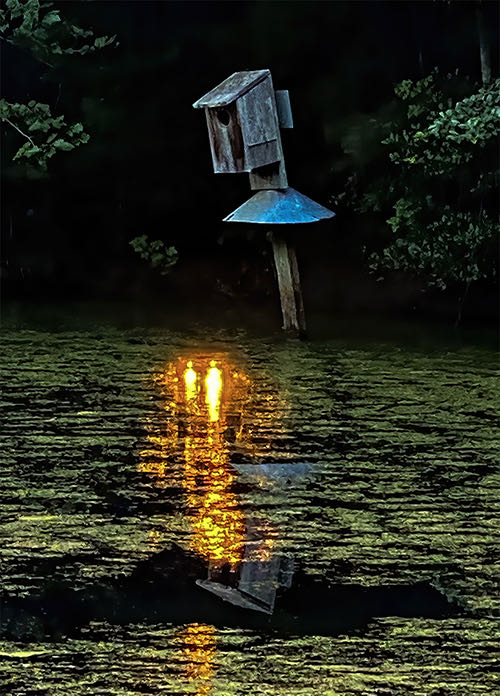
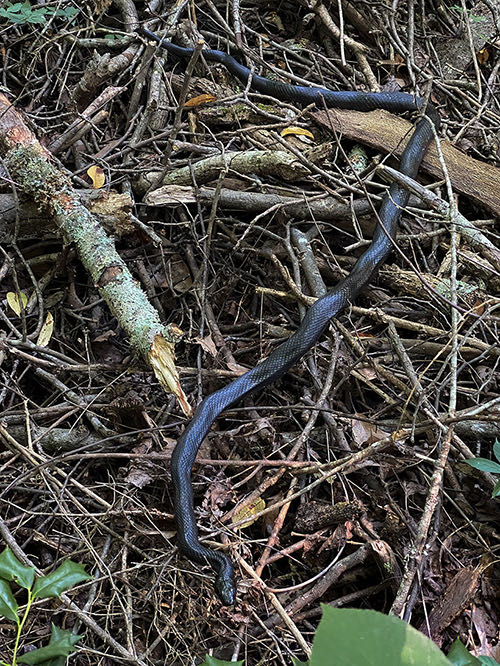
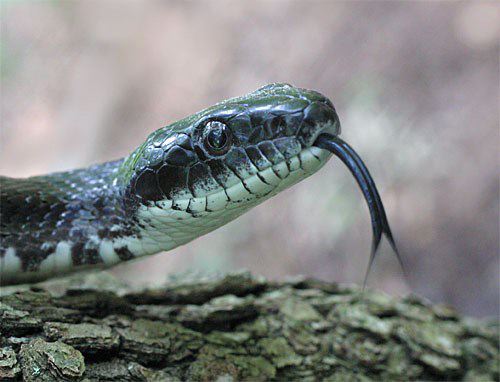
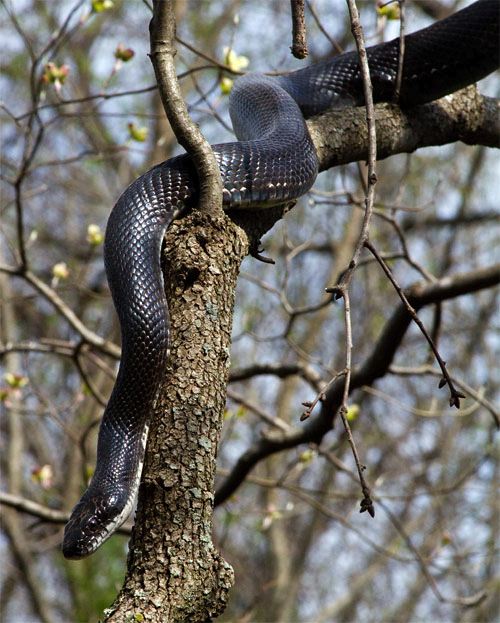
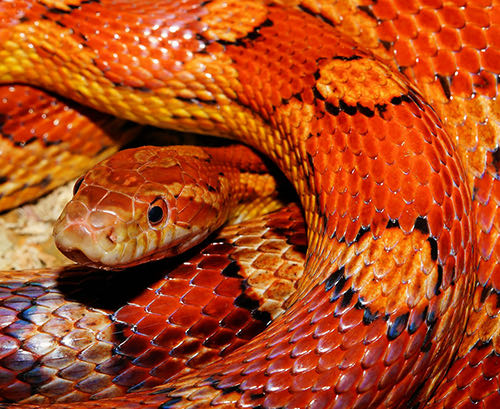
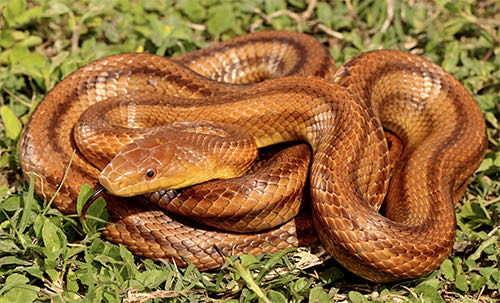
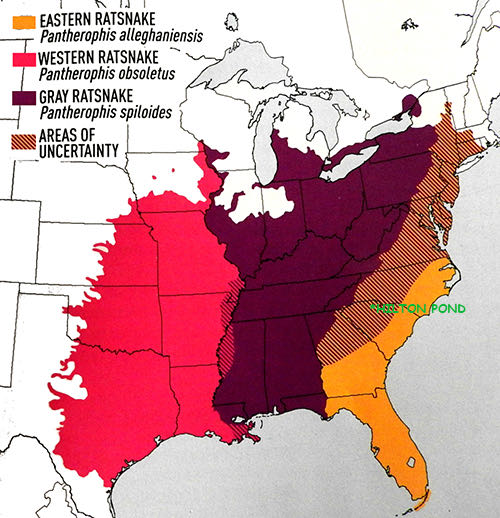
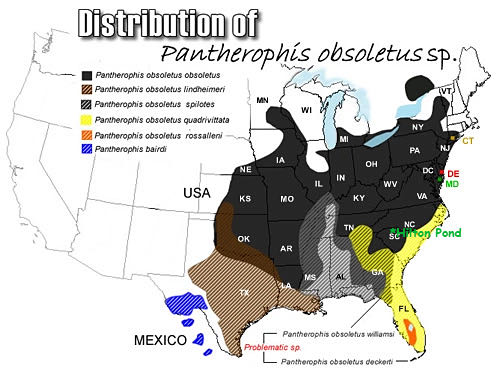
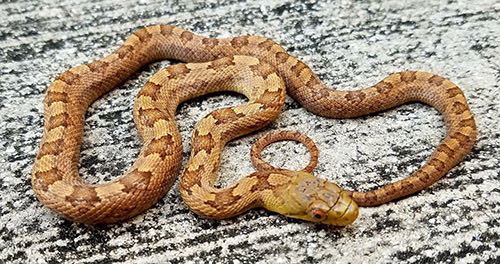
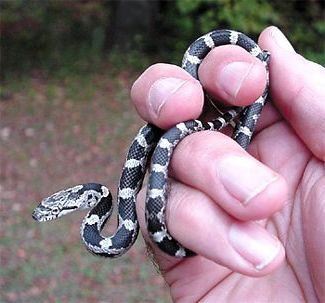 Even herpetologists and ratsnake taxonomists can't agree on all the details we have outlined. For goodness snake, some of them still argue that
Even herpetologists and ratsnake taxonomists can't agree on all the details we have outlined. For goodness snake, some of them still argue that 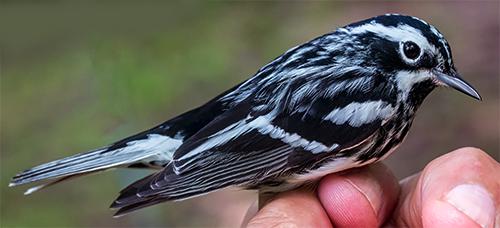
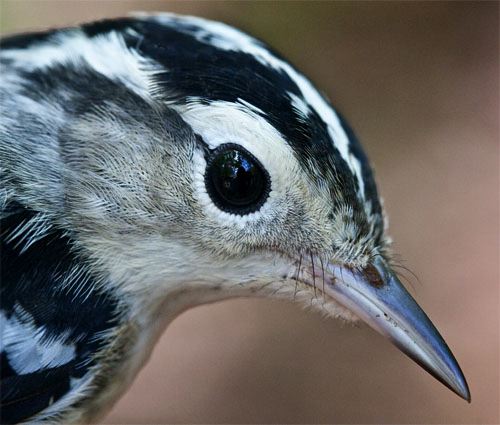
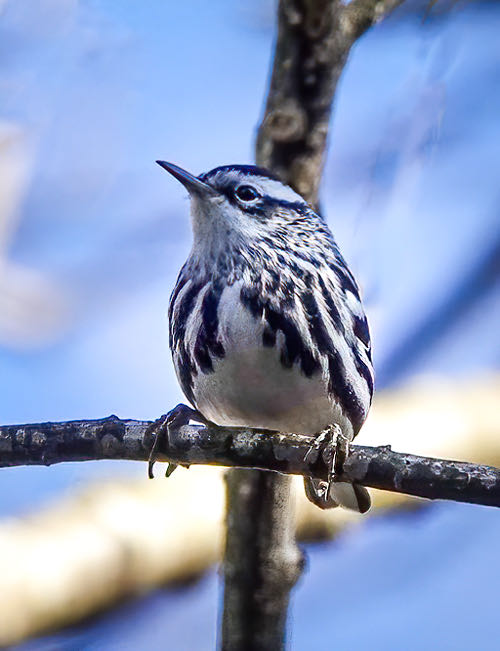
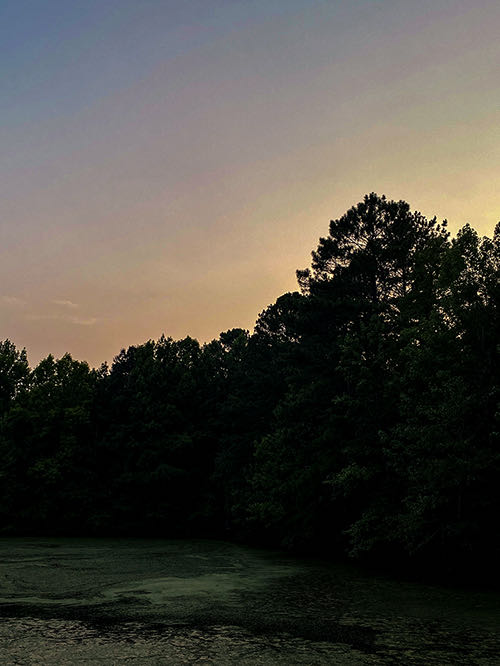










 Please report your spring, summer &
Please report your spring, summer &